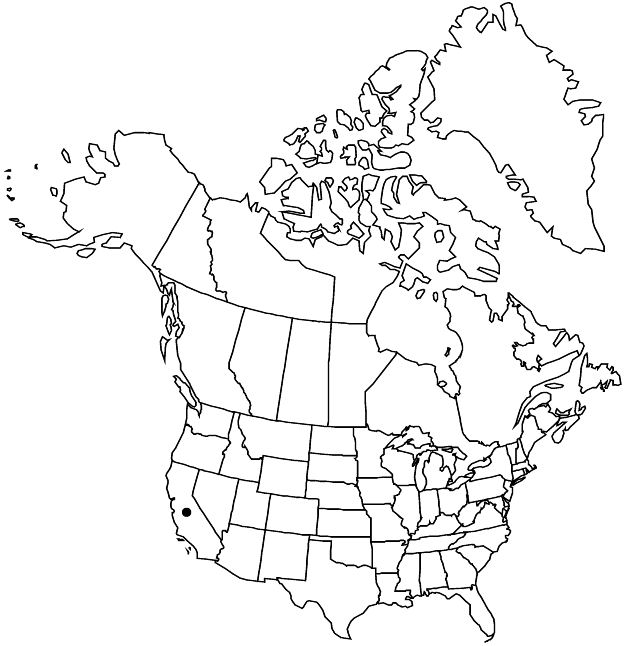Difference between revisions of "Horkelia yadonii"
Syst. Bot. 18: 139, fig. 2. 1993.
FNA>Volume Importer |
imported>Volume Importer |
||
| (2 intermediate revisions by 2 users not shown) | |||
| Line 55: | Line 55: | ||
|publication year=1993 | |publication year=1993 | ||
|special status=Conservation concern;Endemic | |special status=Conservation concern;Endemic | ||
| − | |source xml=https:// | + | |source xml=https://bitbucket.org/aafc-mbb/fna-data-curation/src/2e0870ddd59836b60bcf96646a41e87ea5a5943a/coarse_grained_fna_xml/V9/V9_396.xml |
|subfamily=Rosaceae subfam. Rosoideae | |subfamily=Rosaceae subfam. Rosoideae | ||
|tribe=Rosaceae tribe Potentilleae | |tribe=Rosaceae tribe Potentilleae | ||
Latest revision as of 22:56, 5 November 2020
Plants tufted to matted, ± grayish green. Stems ascending to erect, (0.5–)2–6(–7) dm, hairs spreading. Basal leaves ± planar, (3–)6–20(–32) × 0.5–1.5(–2) cm; stipules entire; leaflets 7–16 per side, separate to ± overlapping especially distally, broadly cuneate to nearly round, (3–)4–15(–17) × (2–)5–12 mm, 3/4 to nearly as wide as long, divided 1/5–1/2 to midrib into (3–)8–15(–30) acute to obtuse teeth, often medially notched as well 1/3–2/3 to midrib, villous. Cauline leaves 3–5. Inflorescences open, flowers arranged individually and in glomerules. Pedicels 1–7(–20) mm. Flowers 8–12 mm diam.; epicalyx bractlets lanceolate to ovate, 1.5–4.5 × 1–2(–2.5) mm, 1/2–3/4 length of sepals, entire; hypanthium 1.5–3 × 3–6.5 mm, less than 1/2 as deep as wide, interior sparsely pilose; sepals spreading to ± reflexed, lanceolate, (3–)4–6.5 mm; petals broadly oblanceolate-elliptic, 3–5.5 × 2–3 mm, apex truncate; filaments 1–2 × 0.5–1 mm, anthers 0.8–1.2 mm; carpels 20–60; styles 2.5–3 mm. Achenes brown, 1.5 mm, smooth.
Phenology: Flowering summer.
Habitat: Granitic sand, meadows, along stream banks, in chaparral, conifer woodlands
Elevation: 300–1900 m
Discussion
Of conservation concern.
Horkelia yadonii is known only from localized populations in the La Panza, San Rafael, and Santa Lucia ranges of Monterey, San Luis Obispo, and Santa Barbara counties. The isolated populations often differ in such characters as general size, leaf proportions, and shape of epicalyx bractlets. The most distinctive extreme, in Monterey County, is characterized by relatively long, narrow leaves, small, few-toothed leaflets, long pedicels, few small flowers, and ovate bractlets. These differences, however, are not consistently or sharply defined.
Selected References
None.
